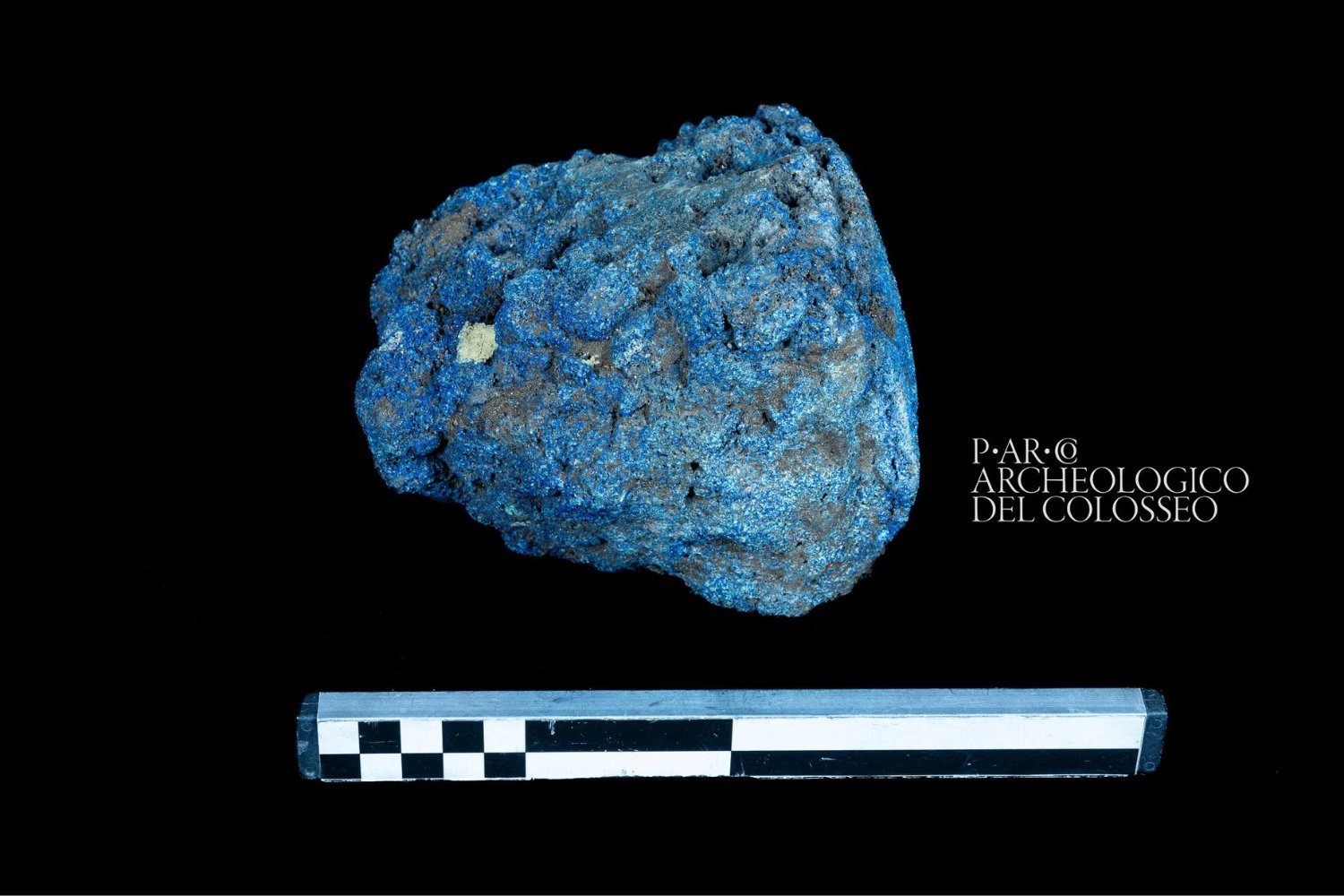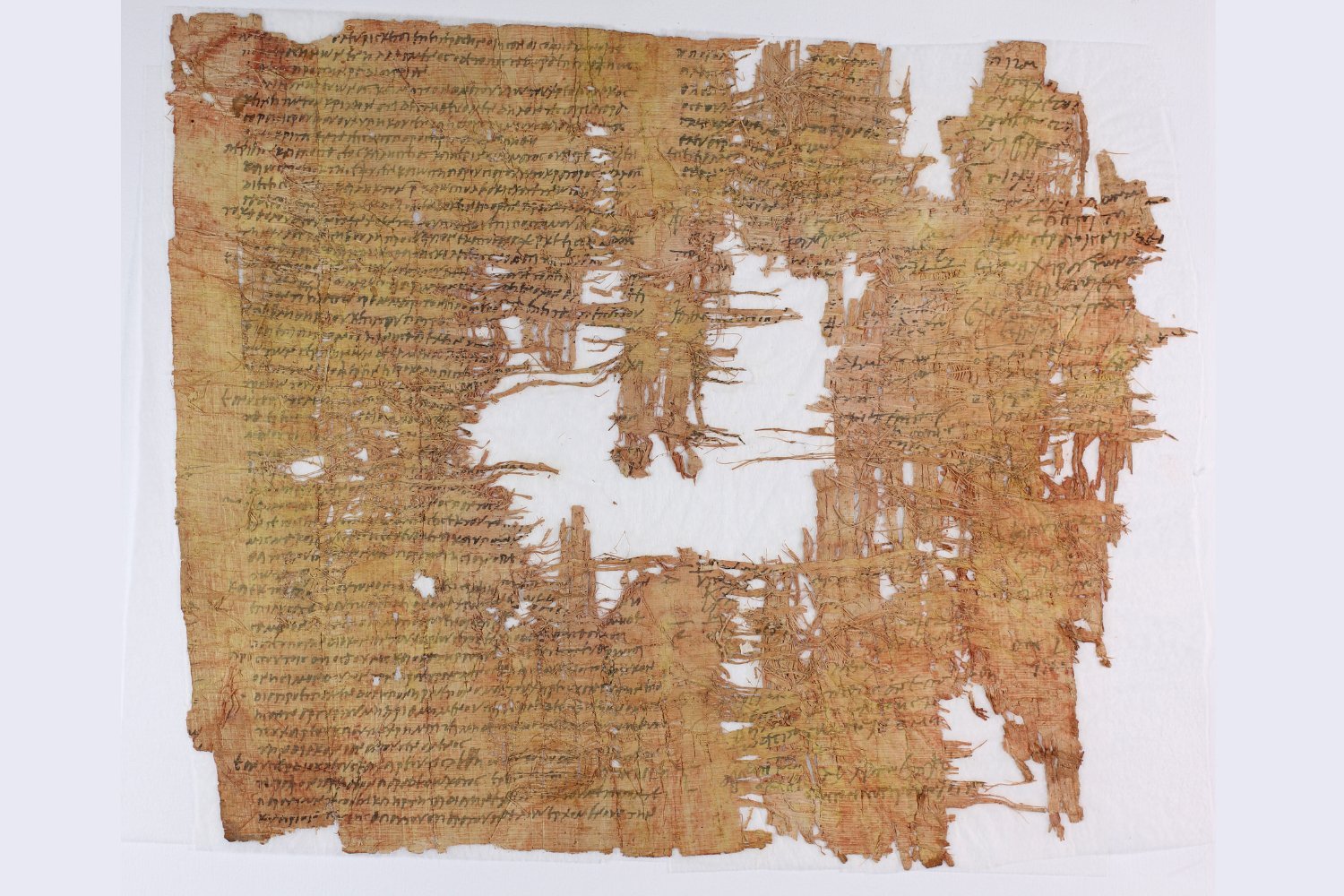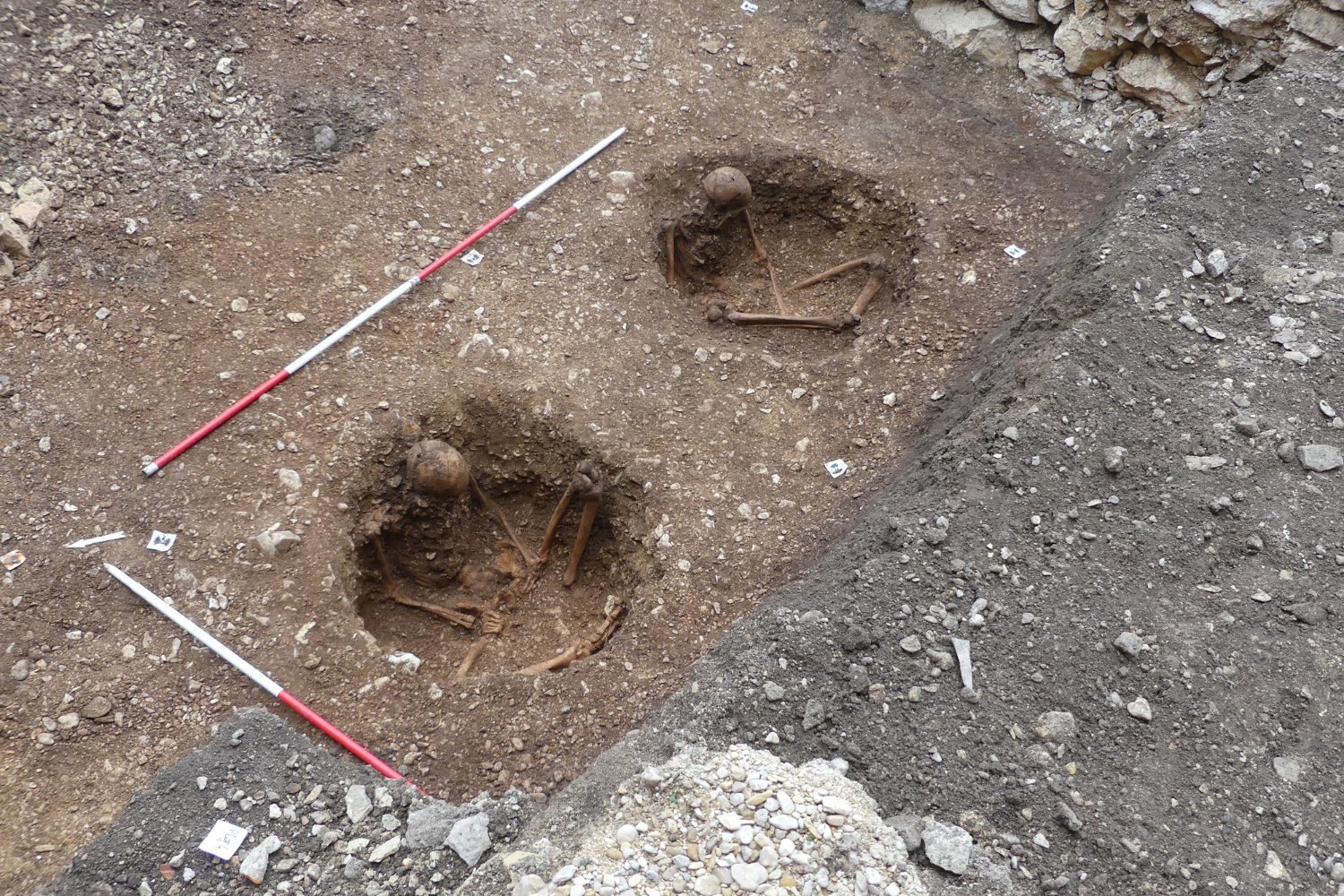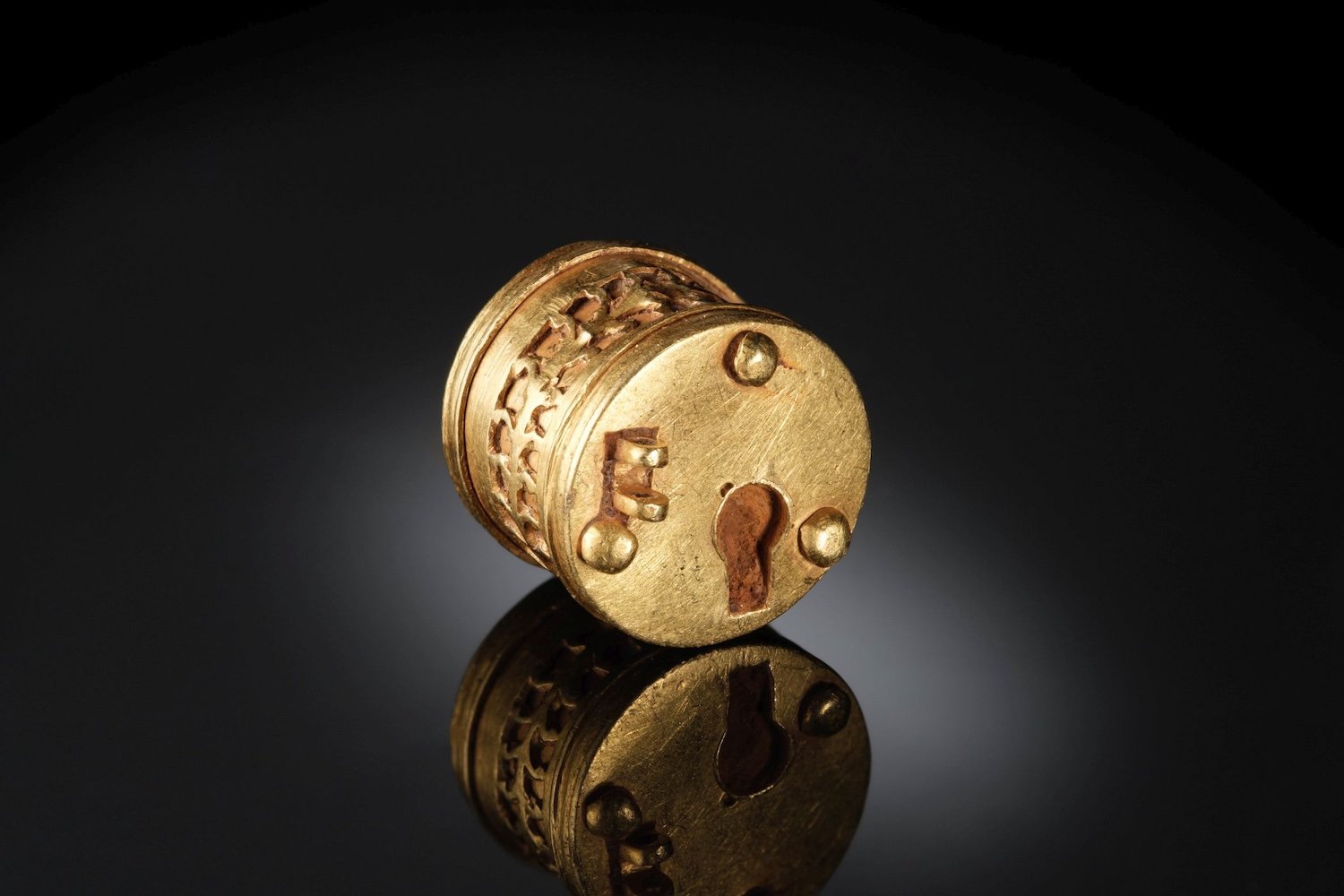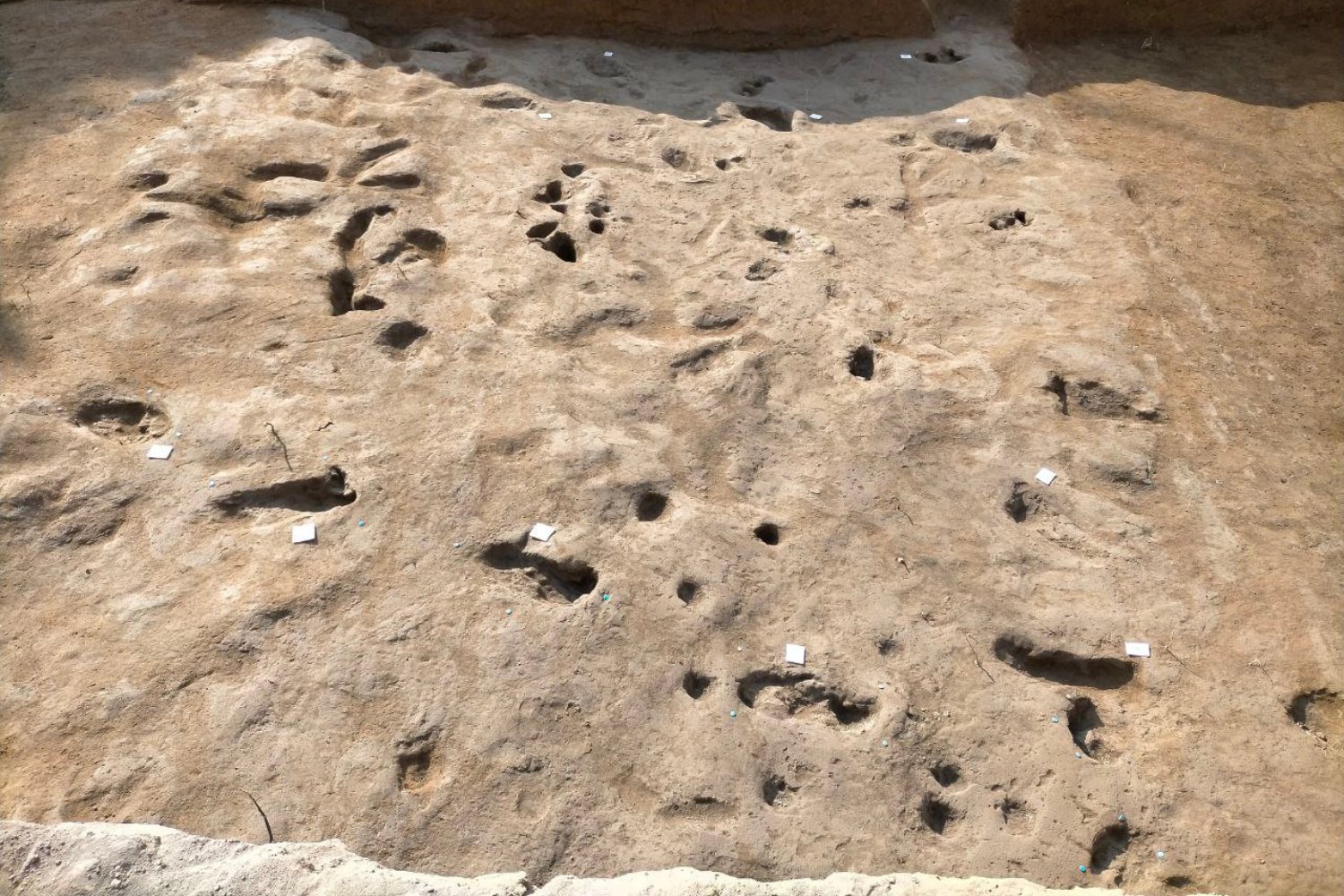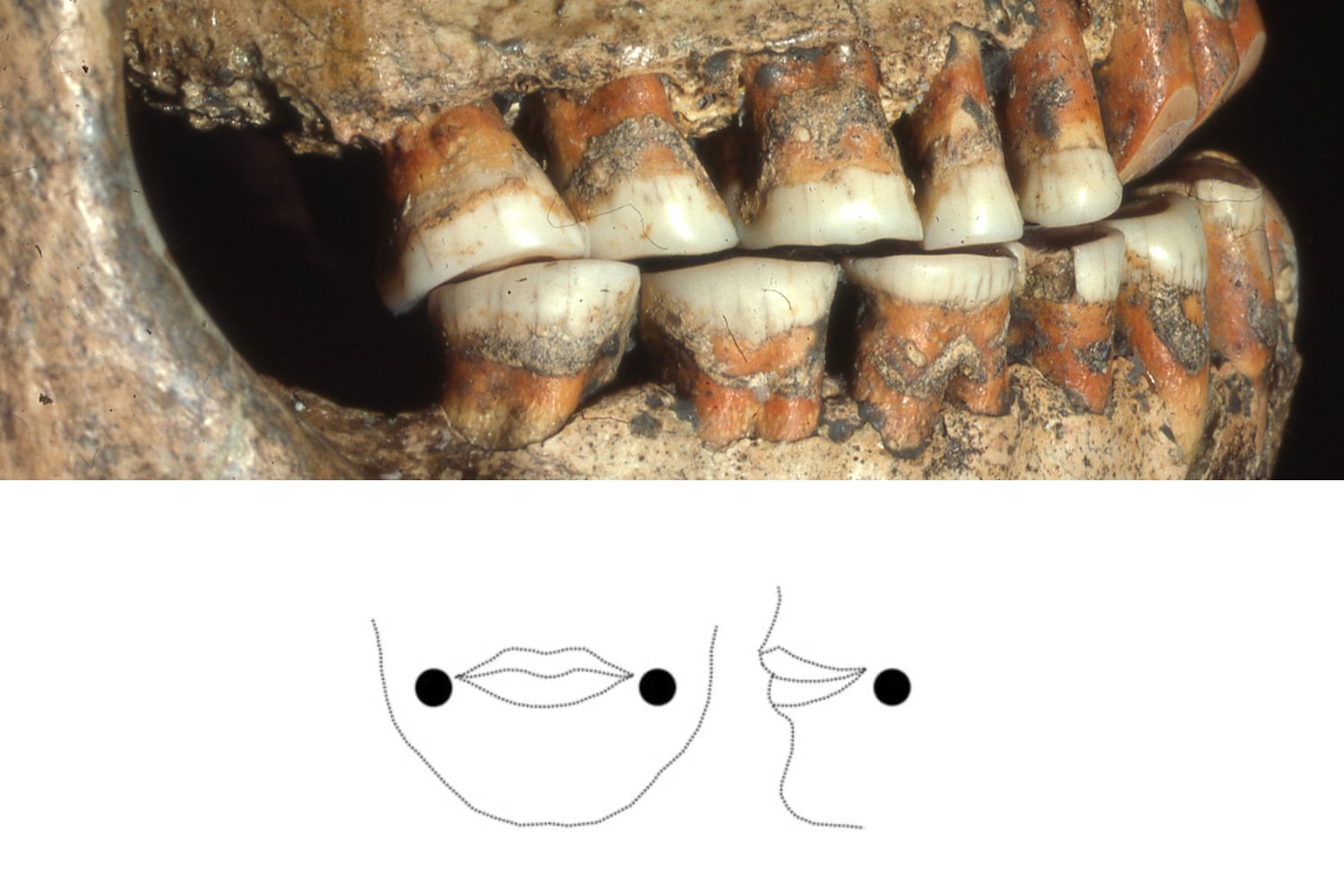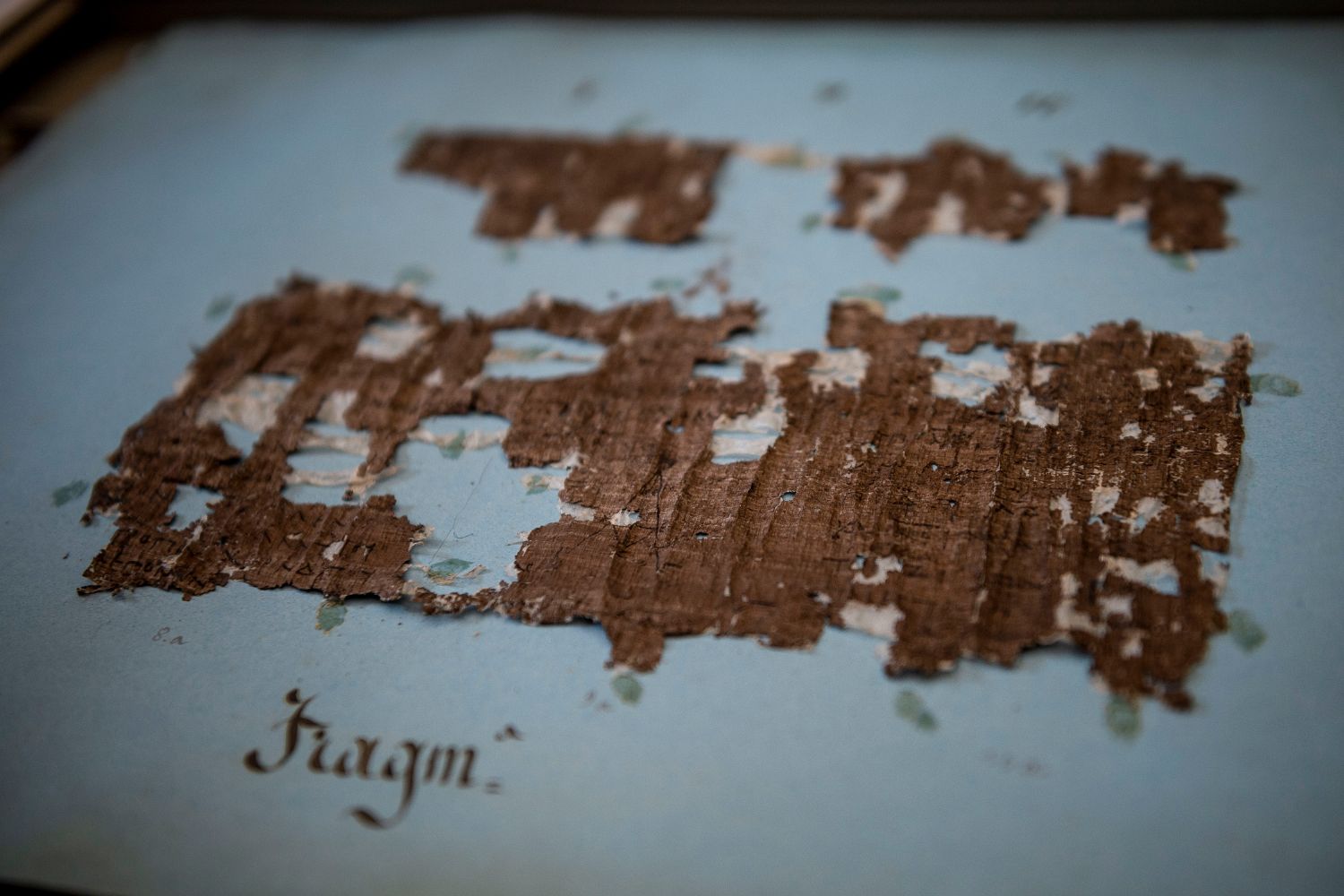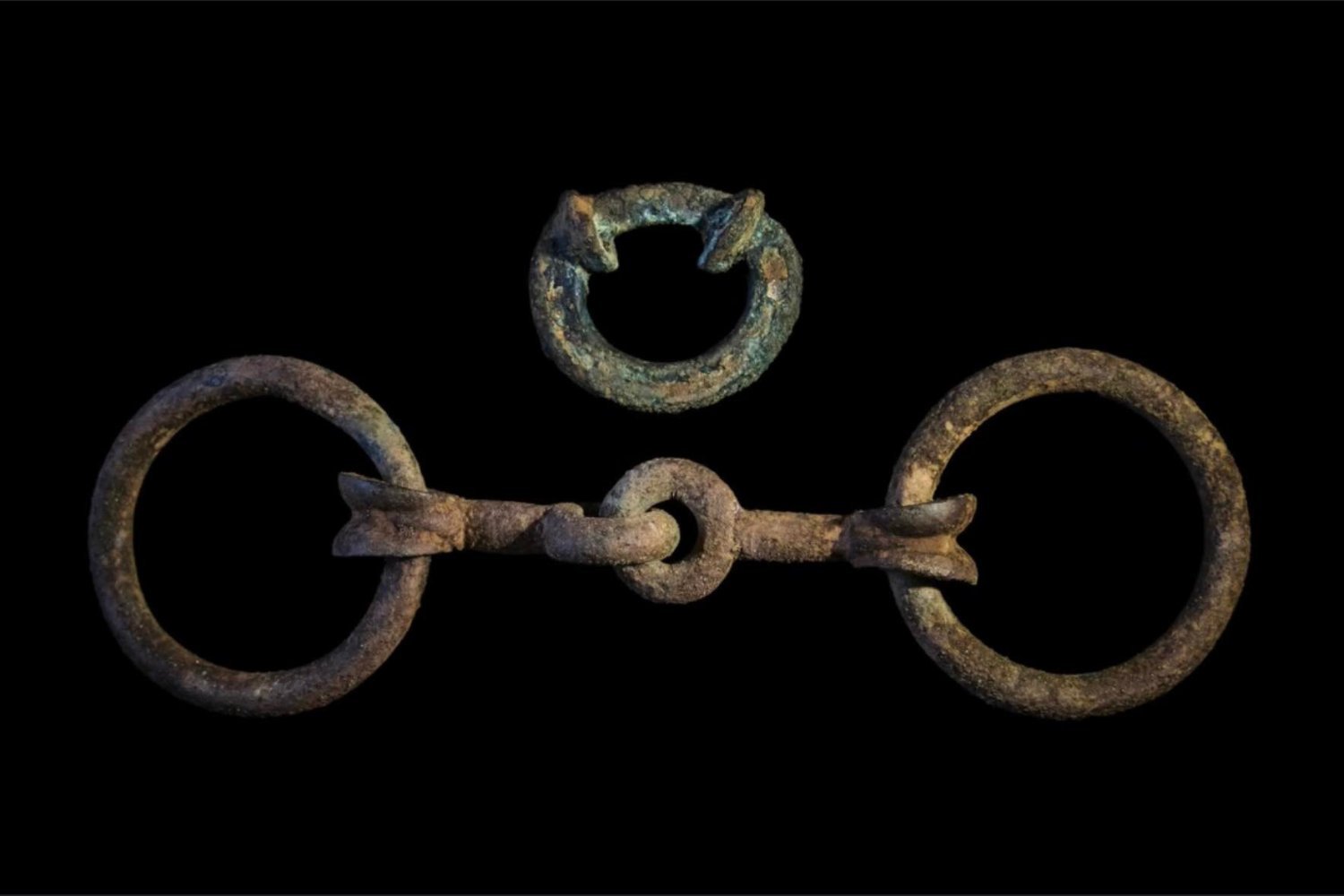Archaeologists excavating Emperor Nero’s Domus Aurea in Rome have unearthed a remarkable find: a large ingot of Egyptian blue pigment, one of the world’s oldest synthetic colors. This discovery offers a glimpse into the opulent decoration and artistic sophistication of the imperial residence nearly 2,000 years ago.
The Colosseum Archaeological Park announced the find on January 20th, highlighting the vibrant hues discovered within containers used by artisans during the palace’s construction. Among the pigments, the Egyptian blue stands out as a particularly rare and significant discovery. Alfonsina Russo, Director of the Colosseum Archaeological Park, expressed awe at the “depth of blue” and the insight it provides into the “brilliance of the colors” used to adorn the palace.
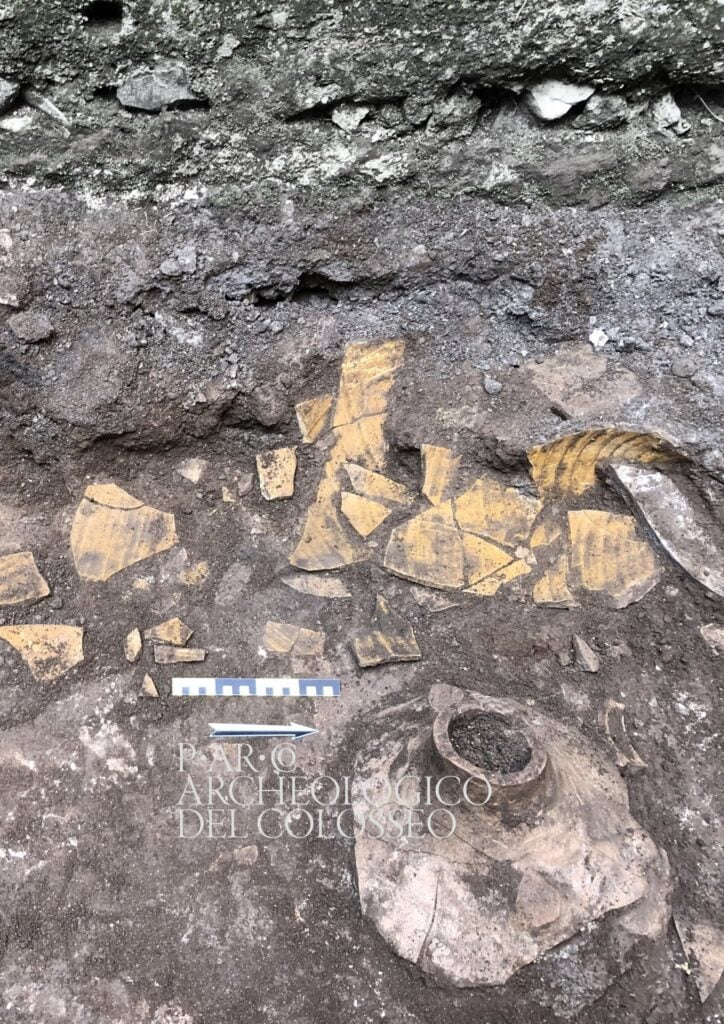 Amphora With Yellow Ocher
Amphora With Yellow Ocher
Two tubs used for pigment processing were uncovered, revealing a collection of colors. Inside, archaeologists found an amphora filled with yellow ocher, small jars containing red pigments like realgar and red ocher, and the remarkable ingot of Egyptian blue.
Unlike naturally occurring ochers, Egyptian blue is synthetically produced by heating a mixture of limestone, chemical compounds, and copper-bearing minerals. Its origins trace back over 5,000 years to ancient Egypt, but during the Roman era, it was produced in southern Italy. It holds the distinction of being the oldest known synthetic pigment. While typically found as powder or small spheres, this discovery is notable for its size: a substantial 5.29 pounds (2.4 kilograms).
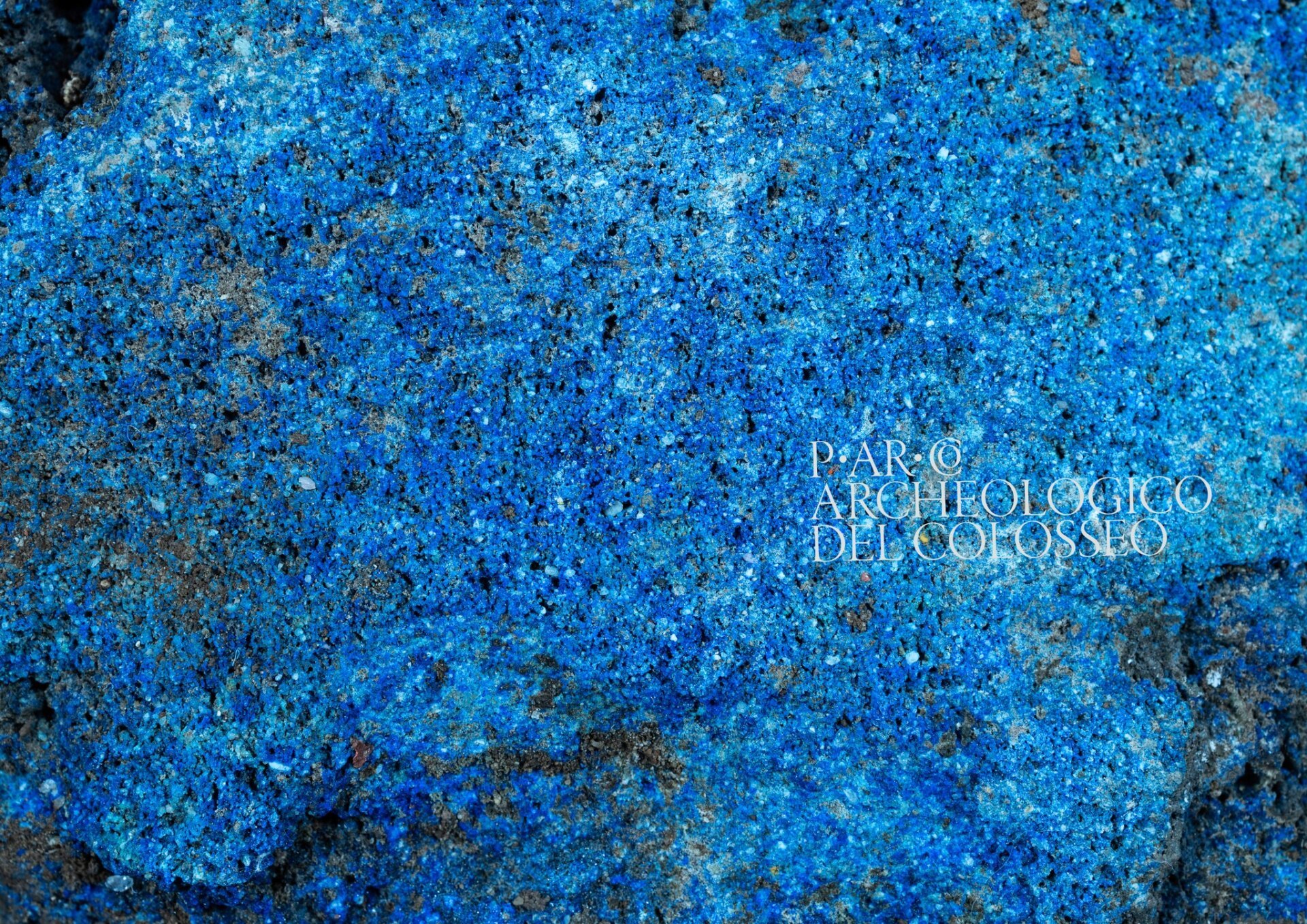 Egyptian Blue
Egyptian Blue
Previous discoveries of Egyptian blue in Pompeii linked the pigment to luxury and wealth, a connection reinforced by its presence in Nero’s lavish residence. This find illuminates the skill and specialization of the artisans who decorated the Domus Aurea.
The history of Egyptian blue is intriguing. It was once believed that its production method was lost after the Roman Empire fell, only to be rediscovered in the early 19th century by British chemist Humphry Davy. However, a 2020 study revealed its use by Renaissance artist Raphael in his 1512 fresco, Triumph of Galatea, suggesting the recipe may not have been entirely forgotten.
This vibrant pigment connects artists across millennia. Even today, some modern blue shades used by artists bear the name “Egyptian blue” in homage to this ancient and enduring color. The discovery at the Domus Aurea offers a tangible link to the past, showcasing the enduring allure and historical significance of Egyptian blue.



